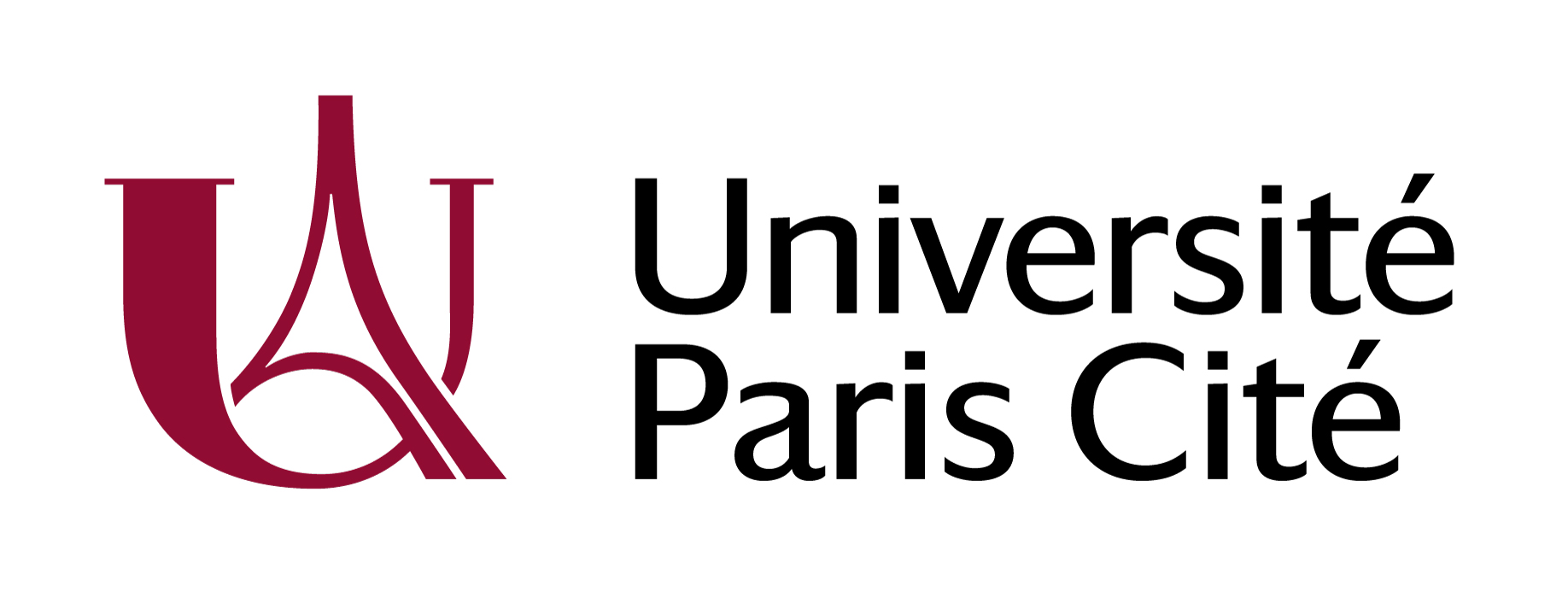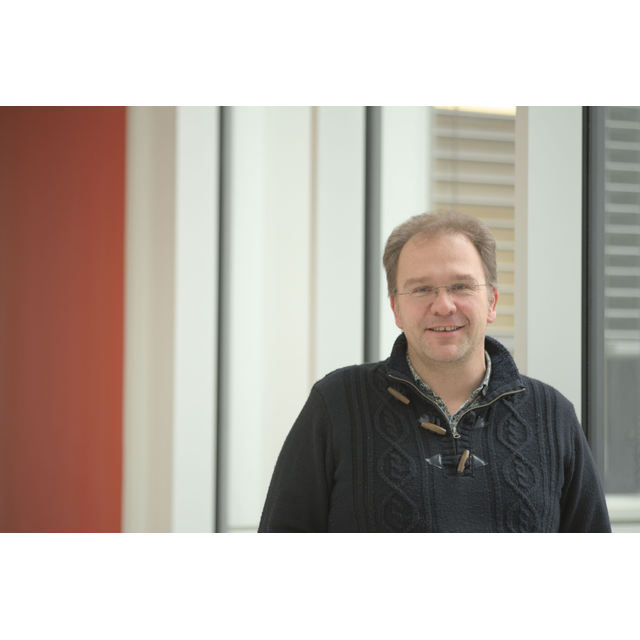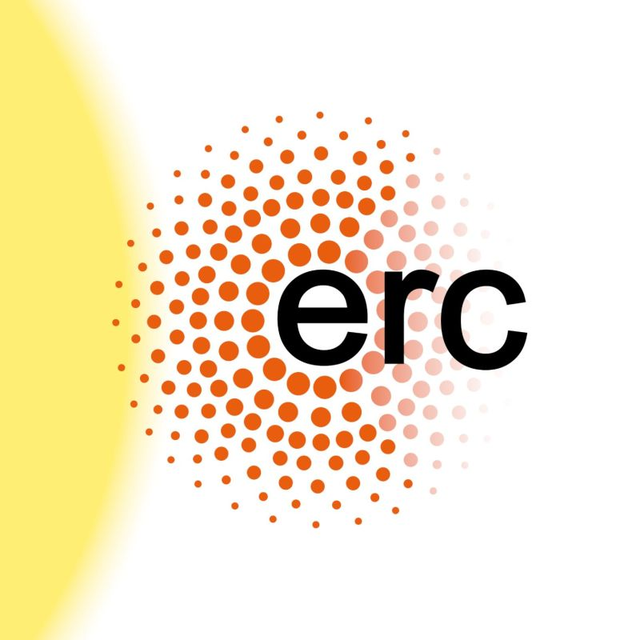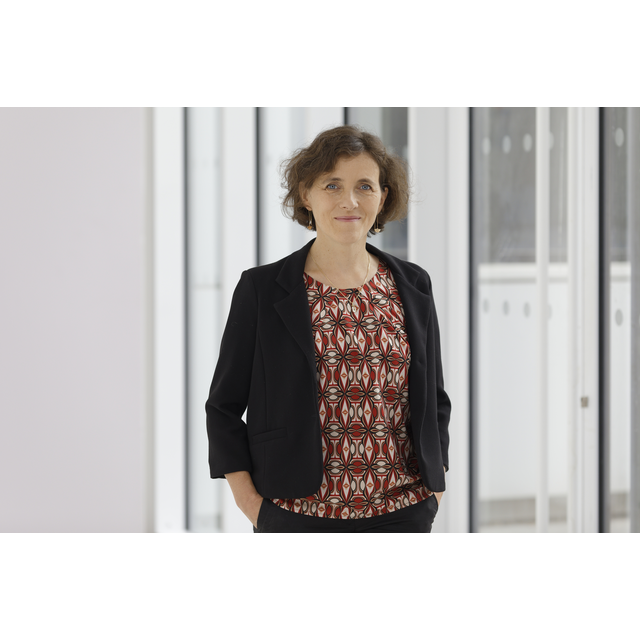Yannick Dappe earned his PhD in 2002 from the University of Strasbourg (at IPCMS), working on the theory of nonlinear optics on metallic surfaces. His research focused in particular on the dynamics of image surface states on metallic surfaces within the framework of two-photon photoemission experiments, as well as on the screening of the electric field in nonlinear optical experiments.
From 2004 to 2008, he continued his scientific journey at the Universidad Autónoma de Madrid, in Prof. Flores’s group. He first held a postdoctoral position and later became an assistant professor under a Juan de la Cierva contract. There, he acquired in-depth knowledge of Density Functional Theory (DFT) and developed expertise in van der Waals interactions—especially in graphene and carbon-based materials, as well as in the study of molecules on surfaces. He also became interested in the electronic properties of metal/organic molecule interfaces, particularly in the context of molecular diode studies.
In 2008, he joined the CNRS as a research scientist at IPCMS, where he continued his work on van der Waals interactions and molecular adsorption on surfaces. At the same time, he began exploring Green's function formalisms for electronic transport calculations and STM image simulations.
In 2010, he moved to the Laboratoire de Physique des Solides, and in 2012 joined the SPEC at CEA Saclay. His research then expanded to include graphene and other 2D materials, as well as van der Waals heterostructures. In parallel, he continued his investigations into electronic transport, particularly in molecular electronics—a field in which he plays an active role as deputy director of the GDR NEMO (New Molecular Electronics).
He is also an honorary professor at XJTLU University in Suzhou, China, where he has been engaged in a scientific collaboration for about ten years.
More recently, his research has focused on charge density waves in 2D materials. In 2024, he was promoted to Director of Research and joined C2N, within the COMICS group. His research is characterized by a strong interaction with experimental work, particularly in the modeling of STM/AFM, ARPES, and electronic transport experiments.
@C2N









